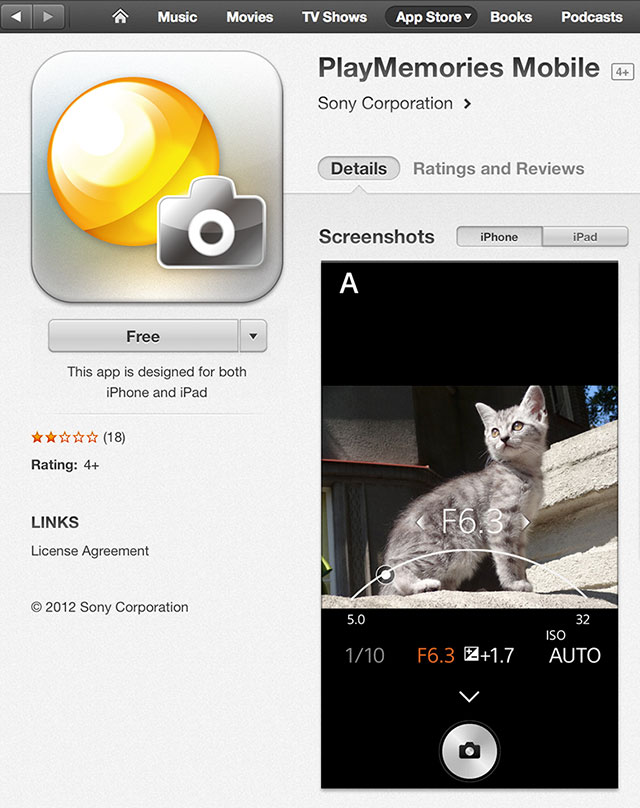
- App store secret files x how to#
- App store secret files x for mac#
- App store secret files x code#
- App store secret files x password#
- App store secret files x mac#
The following example can be run in Bash. For example: [įor convenience, you can save existing connection strings into a JSON file with az webapp config connection-string list. The file format needed is a JSON array of connection strings where the slot setting field is optional. Wrapping the file name with quotes is only required in PowerShell.

To make one or more connection strings slot-specific, use Set-AzWebAppSlotConfigName: Set-AzWebAppSlotConfigName -ResourceGroupName -Name -ConnectionStringNames. To check if a connection string is slot-specific, use Get-AzWebAppSlotConfigName: Get-AzWebAppSlotConfigName -ResourceGroupName -Name | select ConnectionStringNames Set-AzWebApp -ResourceGroupName -Name -ConnectionStrings $connStrings # Add or edit one or more connection strings Remove one or more settings with az webapp config app settings delete: az webapp config appsettings delete -name -resource-group -setting-names Show all settings and their values with az webapp config appsettings list: az webapp config appsettings list -name -resource-group Replace with the name of the setting, and with the value to assign to it. Don't forget to click Save back in the Configuration page.Īdd or edit an app setting with az webapp config app settings set: az webapp config appsettings set -name -resource-group -settings ="" In other words, any : should be replaced by _ (double underscore). In a default Linux app service or a custom Linux container, any nested JSON key structure in the app setting name like ApplicationInsights:InstrumentationKey needs to be configured in App Service as ApplicationInsights_InstrumentationKey for the key name. For language-stack specific steps, see:Īpp settings are always encrypted when stored (encrypted-at-rest). Other language stacks, likewise, get the app settings as environment variables at runtime.
App store secret files x code#
The same code uses your development settings when you debug locally, and it uses your production secrets when deployed to Azure. You can keep development settings (for example, local MySQL password) in Web.config or appsettings.json and production secrets (for example, Azure MySQL database password) safely in App Service. When you add, remove, or edit app settings, App Service triggers an app restart.įor ASP.NET and ASP.NET Core developers, setting app settings in App Service are like setting them in in Web.config or appsettings.json, but the values in App Service override the ones in Web.config or appsettings.json. In either case, they're injected into your app environment at app startup. For Linux apps and custom containers, App Service passes app settings to the container using the -env flag to set the environment variable in the container. In App Service, app settings are variables passed as environment variables to the application code. For Azure Functions, see App settings reference for Azure Functions.
App store secret files x how to#
Add as many folders as you like, so you can arrange them well.į-Vault offers the following option for Upgrading to VIP service which you can get all premium services.This article explains how to configure common settings for web apps, mobile back end, or API app. Directly open your private images without leaving the app

Prevented from being searched from Spotlight

Prevents unwanted looks at your files from business partners, friends, and family When using other applications to open files stored in the vault, no easily traceable recent opened file records are left in the application Password-protected access to private photos, images, and more
App store secret files x mac#
Supports new Mac computers with Apple M1 chip Protecting private files was never so easy. However, once the F-Vault is turned off, the file cannot be opened again even from the recent record of the opener.įiles in the F-Vault can be prevented from being searched and listed from Spotlight. In F-Vault, you can directly open your photos, videos, and any other files just like in Finder. This helps prevent others from seeing your private files and ensures more secure protection.
App store secret files x password#
To avoid file loss, please export the files in F-Vault out before uninstalling)Īfter adding files to the F-Vault, they will be protected by a password and can only be accessed by entering a user-defined password or verifying their identity through fingerprint recognition. F-Vault will save a copy of these files separately (uninstalling F-Vault will also delete the files stored in F-Vault. You can add any type of file to the F-Vault by dragging or from the menu. Easily store secret files in places where others cannot open them.
App store secret files x for mac#
F-Vault for Mac provides users with a convenient and safe way to access private files.


 0 kommentar(er)
0 kommentar(er)
